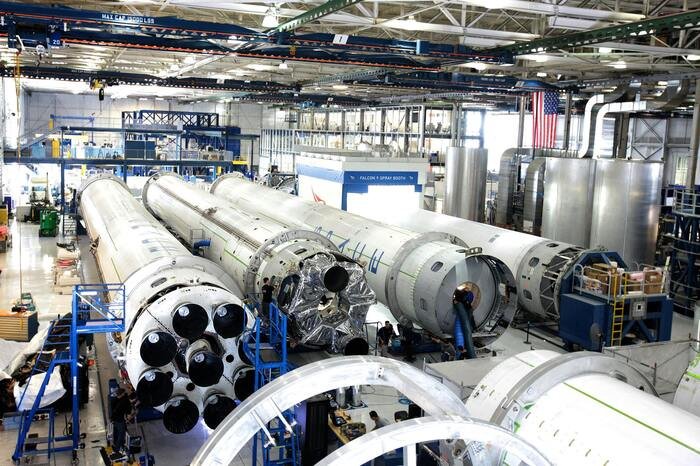 Introduction
Introduction
The world is in a race against time to combat climate change, and biohydrogen is emerging as a game-changing solution. Unlike fossil fuels, which release harmful greenhouse gases, biohydrogen offers a zero-emission energy source that could revolutionize how we power industries, transportation, and cities.
But what exactly is biohydrogen, and how can it help save the planet? In this article, we’ll explore its production methods, environmental benefits, challenges, and why it might be the missing piece in the global shift to renewable energy.
The Environmental Crisis: Why We Need Biohydrogen
Fossil fuels account for over 75% of global greenhouse gas emissions (EPA, 2023), accelerating climate change at an alarming rate. While solar and wind energy have made progress, they face limitations like intermittency and storage issues.
Biohydrogen, produced from organic waste and renewable sources, could be the answer. Unlike conventional “gray hydrogen” (made from natural gas), biohydrogen is carbon-neutral or even carbon-negative, meaning it removes more CO₂ than it emits.
How Biohydrogen is Produced
Biohydrogen is generated through biological processes, making it a truly green energy source. The main production methods include:
1. Dark Fermentation
- Uses anaerobic bacteria to break down organic waste (agricultural residues, food waste).
- Produces hydrogen along with byproducts like acetic acid.
- Study: National Renewable Energy Laboratory (NREL) finds dark fermentation highly scalable.
2. Photofermentation
- Utilizes photosynthetic bacteria that convert sunlight and organic matter into hydrogen.
- Ideal for wastewater treatment plants.
3. Biophotolysis (Algae-Based Hydrogen)
- Microalgae and cyanobacteria split water into hydrogen and oxygen using sunlight.
- Research from ScienceDirect shows promising efficiency improvements.
Compared to electrolysis-based green hydrogen, biohydrogen doesn’t require massive electricity inputs, making it more sustainable.
Key Benefits of Biohydrogen for the Planet
✅ Zero Carbon Emissions
- When burned, biohydrogen only releases water vapor, eliminating CO₂ emissions.
✅ Waste-to-Energy Solution
- Converts agricultural waste, sewage, and industrial byproducts into clean fuel.
- Reduces landfill dependency.
✅ Energy Storage Potential
- Unlike solar and wind, hydrogen can be stored long-term and used on demand.
✅ Versatile Applications
- Can power fuel cell vehicles (Toyota Mirai, Hyundai Nexo).
- Used in steel production, ammonia synthesis, and electricity generation.
Biohydrogen vs. Other Renewable Energy Sources
| Energy Source | Pros | Cons |
| Biohydrogen | Zero emissions, waste utilization, storable | High production costs, scaling challenges |
| Solar/Wind | Mature technology, declining costs | Intermittent, needs battery storage |
| Gray Hydrogen | Cheap, existing infrastructure | High CO₂ emissions |
Biohydrogen bridges the gap by offering clean energy without intermittency issues.
Challenges and Limitations
Despite its potential, biohydrogen faces hurdles:
- High production costs (currently ~
- 5−7/kgvs.
- 5−7/kgvs. 1-2/kg for gray hydrogen).
- Storage & transportation require advanced infrastructure.
- Efficiency improvements needed for large-scale adoption.
Governments and private sectors must invest heavily to overcome these barriers.
Success Stories and Current Developments
- Germany leads in hydrogen research, investing €9 billion in green hydrogen (Clean Energy Wire, 2023).
- Japan aims to be a hydrogen economy by 2030, with projects like Fukushima Hydrogen Energy Research Field (FH2R).
- Startups like Electrochaea and Biohydrogen Technologies are pioneering microbial hydrogen production.
The Future of Biohydrogen: A Path to Saving the Planet
If scaled properly, biohydrogen could:
✔ Replace fossil fuels in heavy industries (steel, shipping, aviation).
✔ Decarbonize transportation with hydrogen fuel cells.
✔ Achieve net-zero emissions by 2050 (IEA, 2023).
How You Can Support the Biohydrogen Revolution
- Advocate for government incentives in renewable hydrogen.
- Support research and startups in bioenergy.
- Reduce personal carbon footprint to drive demand for clean energy.
Conclusion
Biohydrogen isn’t just another alternative energy source—it’s a viable solution to climate change. By converting waste into clean fuel, it addresses energy storage, carbon emissions, and waste management simultaneously.
The technology is still evolving, but with global investment and policy support, biohydrogen could play a critical role in saving the planet.



